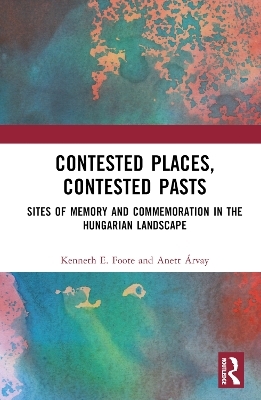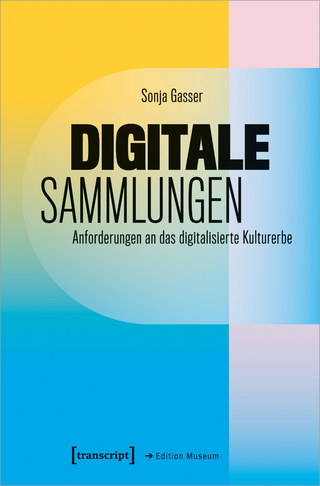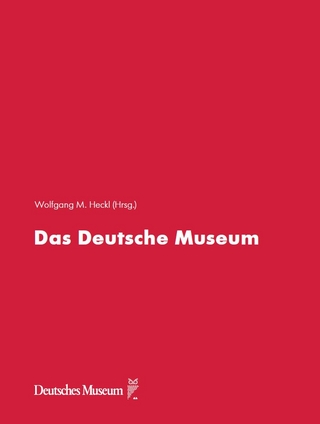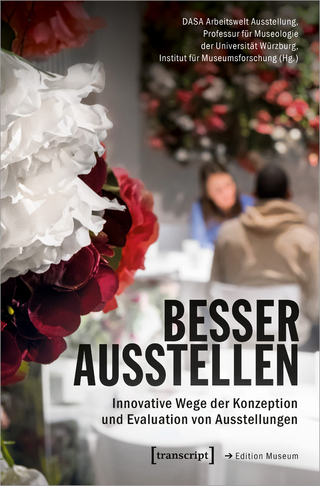
Contested Places, Contested Pasts
Routledge (Verlag)
978-1-032-87027-4 (ISBN)
- Noch nicht erschienen (ca. Februar 2025)
- Versandkostenfrei innerhalb Deutschlands
- Auch auf Rechnung
- Verfügbarkeit in der Filiale vor Ort prüfen
- Artikel merken
This is the first comprehensive, book-length study of Hungary’s commemorative landscapes from the First World War to the present. By stressing the spatiality and materiality of memory practice, it offers new insights into why some events are celebrated widely, while other controversial events are marked modestly or not at all. Using a comparative case-study methodology, the book crisscrossed the country using archival sources and extensive fieldwork to document the stories behind dozens of major and minor memorials. Examples from Budapest are important, but a key contribution of this book are the examples drawn from cities, towns, and villages outside the capital. A wealth of photographs, maps, and diagrams are included to illustrate important ideas, especially the range of responses that have emerged to commemorate major historical events. In the end, the book highlights the value of studies like this one that explore the varied ways in which the World Wars, Holocaust, and Cold War have been represented in the commemorative landscapes of Europe and beyond.
This book is for readers interested in Hungarian and European history, public art and architecture, landscape studies, and commemorative practices. Weaving theory and examples in an engaging storyline, the book will appeal to broader audiences interested in the challenges of confronting Europe’s legacies of twentieth century war, violence, and political upheaval.
Kenneth E. Foote is a Professor of Geography, Sustainability, Community and Urban Studies at the University of Connecticut. His research focuses on historic preservation, heritage tourism, and the commemorative landscapes of the U.S. and Europe, especially the way events of violence and tragedy are memorialized. His recent research has also focused on the spatial dimension of racialized and gendered violence in the U.S. In addition, Foote is also known for his work in geospatial technologies, especially geovisualization, as well as his efforts to improve professional development opportunities for early-career academics and department leaders. Foote is a past president and fellow of the American Association of Geographers (2010–11) and a past president of the U.S. National Council for Geographic Education (2006). He has received major national and international awards for his research, teaching, mentoring and service from the American Association of Geographers, National Council for Geographic Education, University Consortium for Geographic Information Science, and the Royal Geographical Society. Anett Árvay was born and raised in Szombathely, Hungary. At the University of Szeged, she earned her B.A. in Hungarian Studies, M.A. in Hungarian and English language and literature in 1996. She was awarded the Ph.D., summa cum laude, in applied linguistics at Eötvös Loránd University of Budapest. Currently, Anett is the director and lecturer in Hungarian Studies at the University of Szeged, Hungary. Her research endeavors are linked to intercultural pragmatics and to the interdisciplinary field of Hungarian studies, with a special focus on Hungarian public place, political and historical memorials, and commemorative traditions. She also researches methods for introducing Hungarian cultural heritage to foreigners and has designed several study abroad programs, workshops, and cultural awareness trainings for international students from all over the world. Her research has appeared in The Geographical Review, Hungarologia, IRAL, and Acta Linquistica Hungarica, among other professional journals.
Introduction
CHAPTER 1: Inscribing the Past on Place: Theoretical Perspectives on Hungary’s Landscapes of Memory
CHAPTER 2: Key Moments in the Hungarian Past: A Historical Overview
CHAPTER 3: The Many Legacies of the First World War
CHAPTER 4: Confronting Defeat and Loss in the Second World War
CHAPTER 5: Remembering the Holocaust
CHAPTER 6: The Legacies of Communism
CHAPTER 7: The 1956 Uprising
CHAPTER 8: Hungary’s Unquiet Places, Unquiet Pasts
Appendix 1: Hungarian annual celebrations and holidays
Appendix 2: The 2019 program celebrating the 1956 Uprising in Budapest
Appendix 3: Anniversary programs of opposition parties in Budapest on October 23, 2019
Appendix 4: Key changes made in Kossuth Square
| Erscheint lt. Verlag | 21.2.2025 |
|---|---|
| Zusatzinfo | 5 Tables, black and white; 104 Halftones, color; 104 Illustrations, color |
| Verlagsort | London |
| Sprache | englisch |
| Maße | 156 x 234 mm |
| Themenwelt | Kunst / Musik / Theater |
| Geisteswissenschaften ► Geschichte ► Hilfswissenschaften | |
| Naturwissenschaften ► Geowissenschaften ► Geografie / Kartografie | |
| ISBN-10 | 1-032-87027-3 / 1032870273 |
| ISBN-13 | 978-1-032-87027-4 / 9781032870274 |
| Zustand | Neuware |
| Haben Sie eine Frage zum Produkt? |
aus dem Bereich


